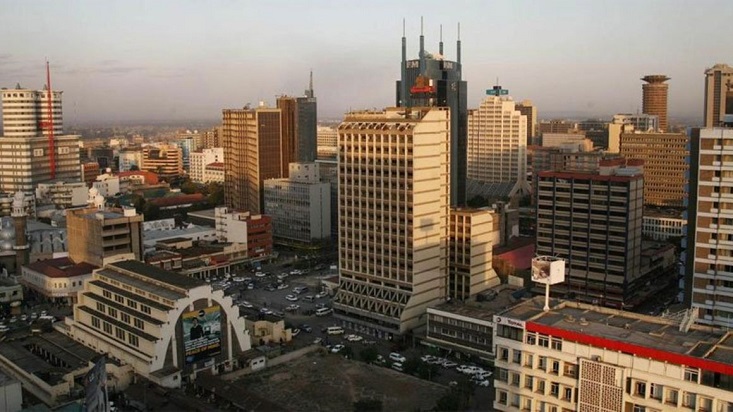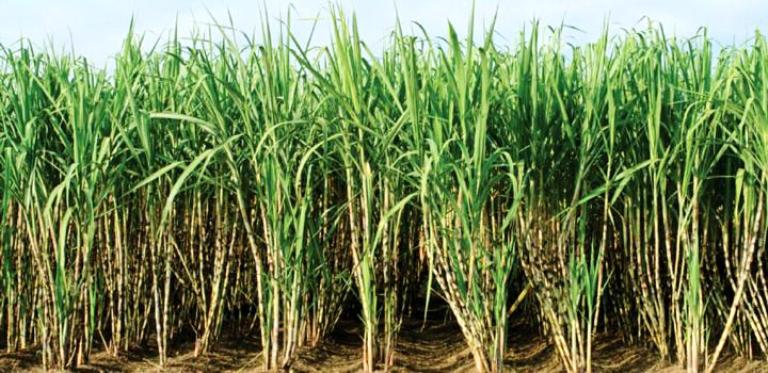The International Monetary Fund (IMF) has projected that the size of Kenya’s economy will overtake that of Angola this year even as Ethiopia stretches its lead.
In its latest World Economic Outlook, the IMF says gross domestic product (GDP) of Angola, an oil producer, will shrink during the period allowing Kenya, whose economy is expected to grow by 5.3 percent, to overtake it, and perch itself at the fourth spot behind Ethiopia.
However, Ethiopia, which the IMF had projected in its October 2022 outlook would overtake Kenya to become Eastern Africa’s largest economy, is now expected to overtake both Angola and Kenya to become the third largest economy in sub-Saharan Africa.
This is after the IMF revised its earlier forecast on Ethiopia’s GDP in 2023 from Sh16.9 trillion ($126 billion) to Sh20.9 trillion ($156.1 billion), stretching its newfound lead over Kenya.
Sub-Saharan Africa accounts for 46 of the continent’s 54 countries, excluding giants such as Morocco and Egypt.
Nigeria remains the largest economy in the region with a GDP, in current prices, of $506.6 billion followed by South Africa ($399 billion), and Ethiopia ($156.1 billion).
In October last year, the Washington-based institution had projected the size of Kenya’s economy at around Sh15.7 trillion ($117.6 billion) but has since been revised slightly upwards to Sh15.8 trillion ($118.1 billion) in the April 2023 outlook.
The fight for the economic dominance of Eastern Africa’s region between Kenya and Ethiopia has essentially been a contest for the attraction of investments especially in the agriculture and manufacturing sectors.
For example, both countries are major producers of coffee, tea and flowers; they are also keen to shore up their value-addition by rebooting their textile and apparel sectors.
The attraction of foreign direct investment (FDI) is critical in easing growing youth unemployment in Africa.
Addis Ababa is expected to keep stretching this lead up to the end of 2028, the IMF projections show.
So far, South Africa and Ethiopia have fared better than Kenya in attracting foreign investments eyeing a population that has more cash to spend.
The IMF does not expect Kenya to stay longer at the third position with Angola projected to regain the position next year before Nairobi overtakes it again in 2027.
Initially, the IMF had projected Angola’s GDP this year to be at $135 billion, making it the third largest economy ahead of Ethiopia.
The global lender has, however, not revised its estimates for 2022, which showed that the west African nation had overtaken Nairobi to become the region’s third-largest economy. A return to growth linked to higher oil prices saw Angola overtake Kenya last year, according to the IMF’s projections in October last year.
This is after the nation—which is the continent’s second-largest oil producer after Nigeria—ended years of recession to reclaim its third position in 2022.
Angola lost this position to Kenya in 2020 following years of contraction due to a slump in oil prices.
Most forecasters have projected Ethiopia’s real GDP growth at above six percent, which, although higher than last year, is still significantly below the pre-Covid-19 growth rate of 9 percent registered in 2019, according to a report by the World Bank.
Kenya, the World Bank report noted, is one of the countries in sub-Saharan Africa, which is growing at a faster rate than their long-term rates, with the global lender estimating that the country’s real GDP expanded at 5.2 percent in 2022.
“Thanks to strengthened manufacturing, improved investor confidence supported by the credibility of the new administration’s [President William Ruto’s] plan to stabilise public finances and a more general improvement in risk appetite,” said the World Bank.
The report said Ethiopian economy was last year held back by high inflation, currency depreciation, and the lingering conflict.
Failed rains in the first half of 2022 weighed on agricultural activity—with significant losses in livestock and crops.
-Business Daily





